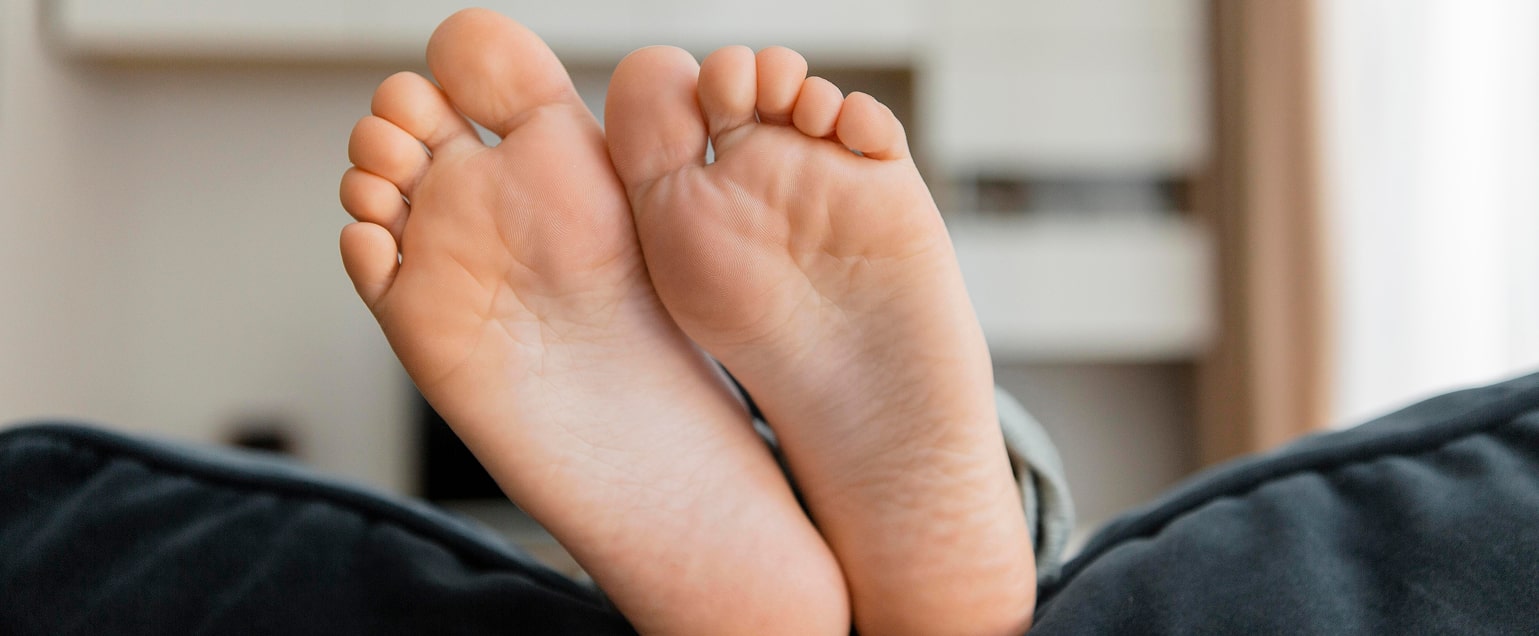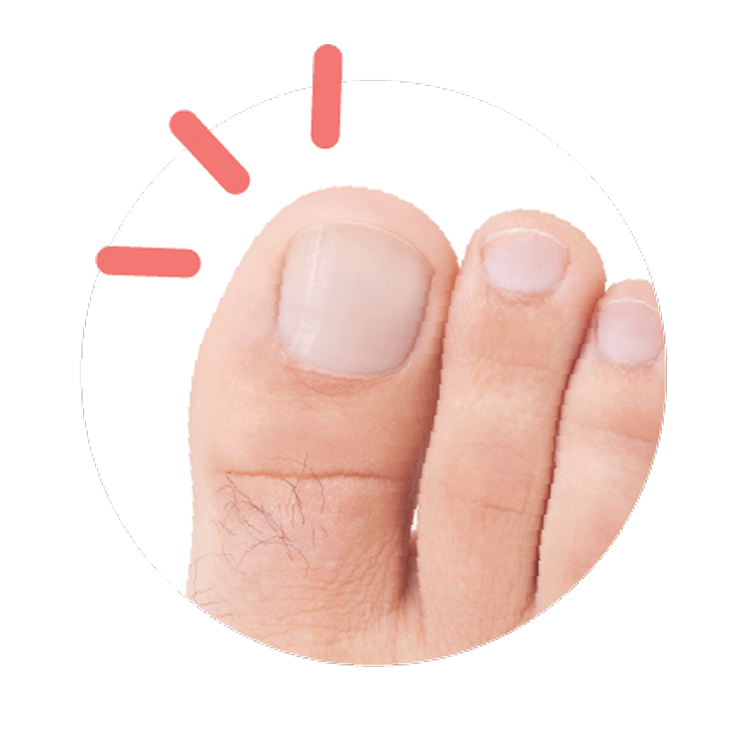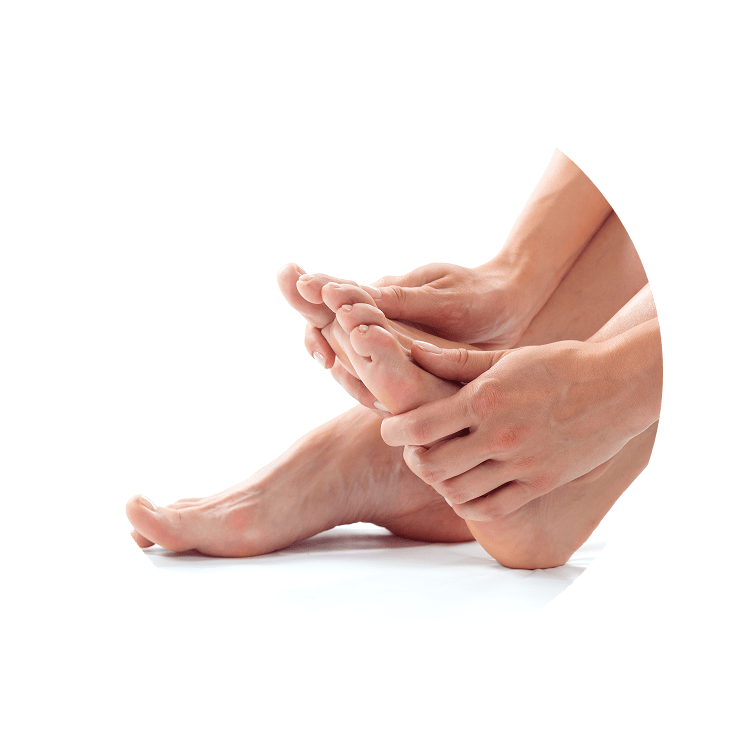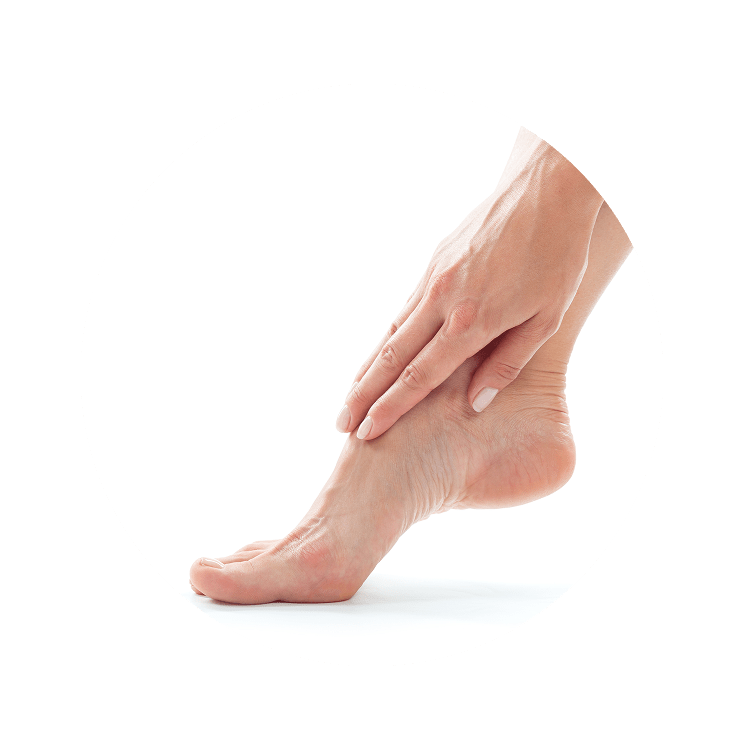WOUNDS AND
FOOT SORES
Foot wounds and sores are more than just an inconvenience — if left untreated, they can lead to infections, chronic pain, and serious complications, especially for people with diabetes or circulation issues. At Summit Foot + Ankle, our specialists provide expert wound care, focusing on early detection, proper treatment, and long-term prevention so you can stay healthy and active.
MAY BE CAUSED:
Foot wounds can happen to anyone, but certain conditions make them more common.
Common causes include:
How Wounds Affect the Feet
Foot wounds can progress quickly, especially if you have diabetes, neuropathy, or vascular issues. Untreated wounds may lead to:
- Infections: Which can spread to deeper tissues or bone
- Ulcers: Chronic open sores that resist healing
- Gangrene: Severe tissue damage in extreme cases
- Amputation Risk: In very severe, untreated infections

Summit Foot + Ankle Wound Care
Summit Foot + Ankle houses a multitude of specialized wound care options.
- Modernized technology and treatments
- Focused on the least invasive treatments
- No wait time and speedy recovery time
- Full-scope diagnosis, and treatment
- Backed by podiatric expertise
- In-Home and in-Facility treatment
Wound care should be accessible to all who need it. In an effort to make this a reality, we offer in-home and in-clinic services throughout Utah. This gives you the ability to choose which option is more convenient for you while still enabling your road to recovery.
TREATMENTS:
Imaging
Imaging is usually one of the first treatment options we employ. We utilize the most advanced imaging avenues to ensure you are comfortable and that we get a thorough diagnosis of your wound. We use imaging to document different stages of the wound, determine the initial cause, and assess the impact the wound might have on your future life ventures.
Debridement
Debridement is a vital part of wound care that helps wounds heal quickly and safely. This process involves carefully removing dead, damaged, or infected tissue to create a clean, healthy environment for healing. By clearing away unhealthy tissue, we lower the risk of infection, boost circulation, and promote the growth of new, healthy tissue. Our team uses gentle, precise methods customized for each patient to make the process as comfortable as possible and achieve optimal healing results.
Advanced Wound Dressing
We use advanced wound dressings to create the ideal environment for healing and protect wounds from infection. These specialized dressings are designed to keep the wound moist, control drainage, and promote faster tissue repair. Depending on the type and severity of the wound, we select dressings that provide the right balance of protection and support. Our goal is to make the healing process as efficient and comfortable as possible while reducing complications and improving outcomes.
Innovative Skin Grafts
We utilize innovative skin graft techniques to help wounds that are slow to heal or too large to close on their own. Skin grafts involve covering the wound with healthy skin or skin substitutes to encourage new tissue growth and speed up healing. These advanced treatments can reduce scarring, lower the risk of infection, and restore function to the affected area. Our team carefully selects the most appropriate grafting method for each patient, ensuring optimal healing and the best possible results.
Common Forms of Foot Pain
Related to Wounds
Swelling and Sensitivity
Inflammation and skin sensitivity are often the first signs of a developing wound. These symptoms also accompany wounds that have been infected or that are on their way to start trouble.
Poor Circulation
Poor circulation through the veins and into the feet can quickly create a wound injury. Circulation issues can cause discomfort in daily activities such as walking and can sometimes lead to immobilizing extremities.
Foot Ulcers (Sores)
Frequent sores on your feet, often called foot ulcers, may be a cause of diabetes or other health extremities. These wounds can cause aches and pain felt down to the bone. The most common types of ulcers include arterial ulcers, venous ulcers, and pressure ulcers.
Diabetic Foot:
Diabetics have to take extra cautionary measures to keep their feet healthy. Diabetes makes individuals more prone to developing wounds on the feet, sensitivity, pain, and other irritations.
Prolonged Healing:
Wounds that just won’t go away often need extra care and attention. Wounds stuck in one stage of healing cause symptoms to continue longer than they should and may even lead to escalations.
Other Wound Pain
There are a number of other wound types and injuries you may be experiencing. These include, but are not limited to, burns, trauma, skin reactions, radiation, and surgical wounds.
Prevention & General Care
You can reduce your risk of foot wounds with daily care:
- Check Your Feet Daily: Look for cuts, blisters, or color changes.
- Keep Feet Clean & Moisturized: Prevents cracks and infection.
- Wear Proper Footwear: Supportive shoes help prevent injuries.
- Trim Nails Safely: Or have a podiatrist do it if you have diabetes or thick nails.
- Manage Health Conditions: Control blood sugar and circulation issues.
- Don’t Ignore Minor Injuries: Even small cuts can become serious.
WOUNDS & FOOT SORES Q&A
What are the symptoms?

• Drainage or foul odor from a wound
• Pain or tenderness (or no pain if you have neuropathy)
• Changes in skin color near the wound
• Non-healing sores that last more than a few days
When should I see a podiatrist for a foot wound?

Why are foot wounds dangerous for people with diabetes?

How long does it take for a foot wound to heal?

Can foot wounds be prevented?

Do you offer specialized wound care?











